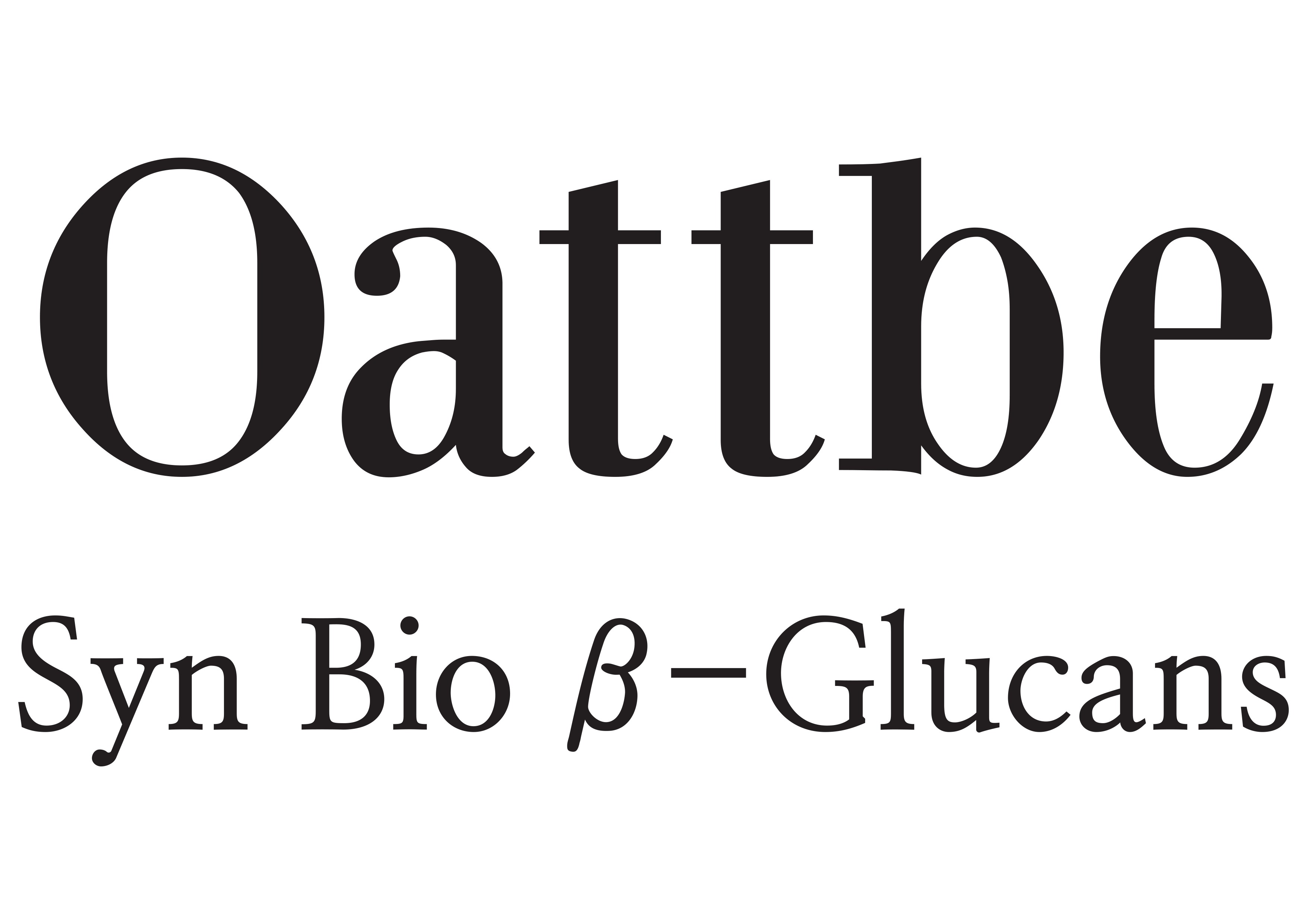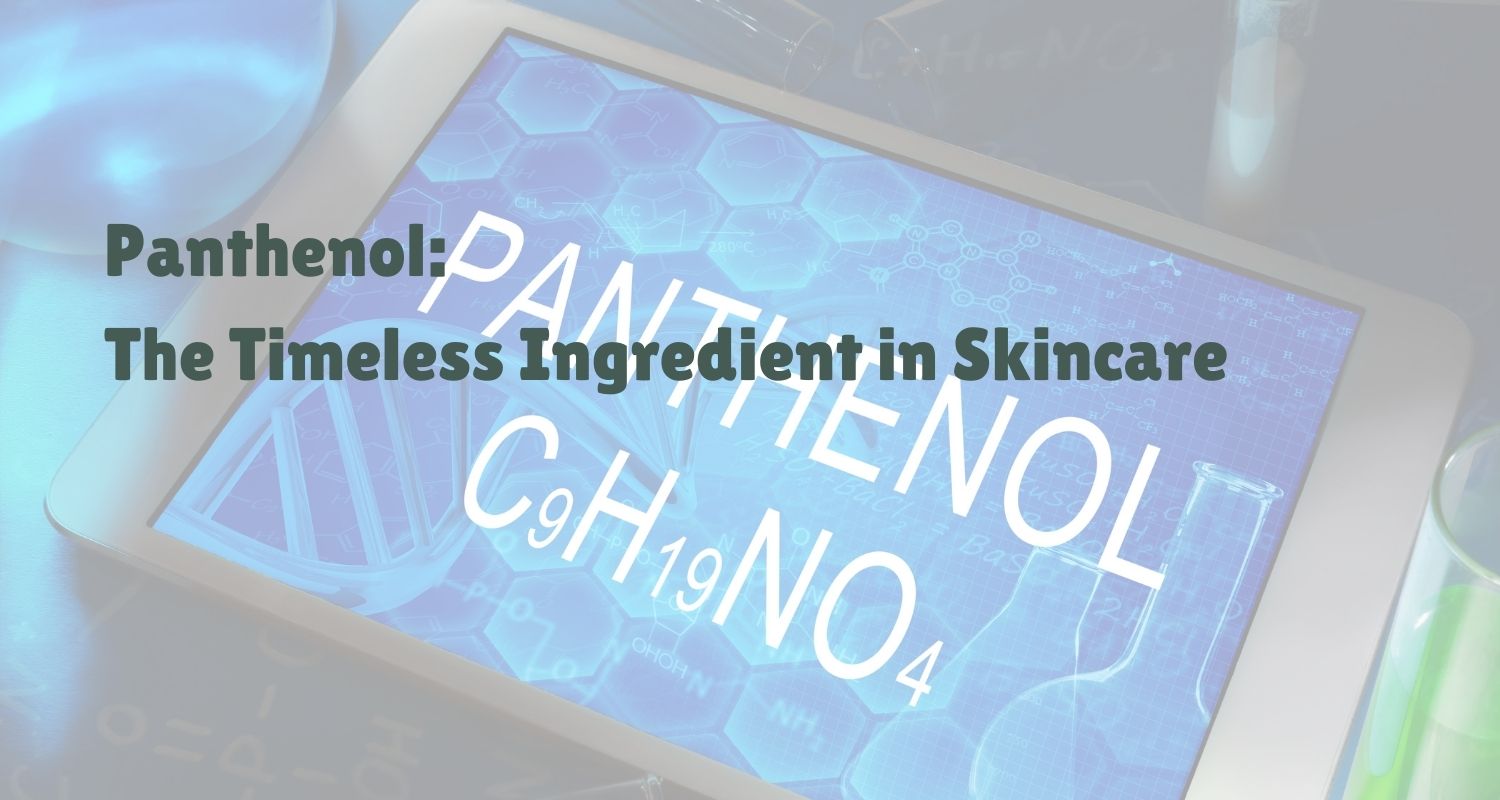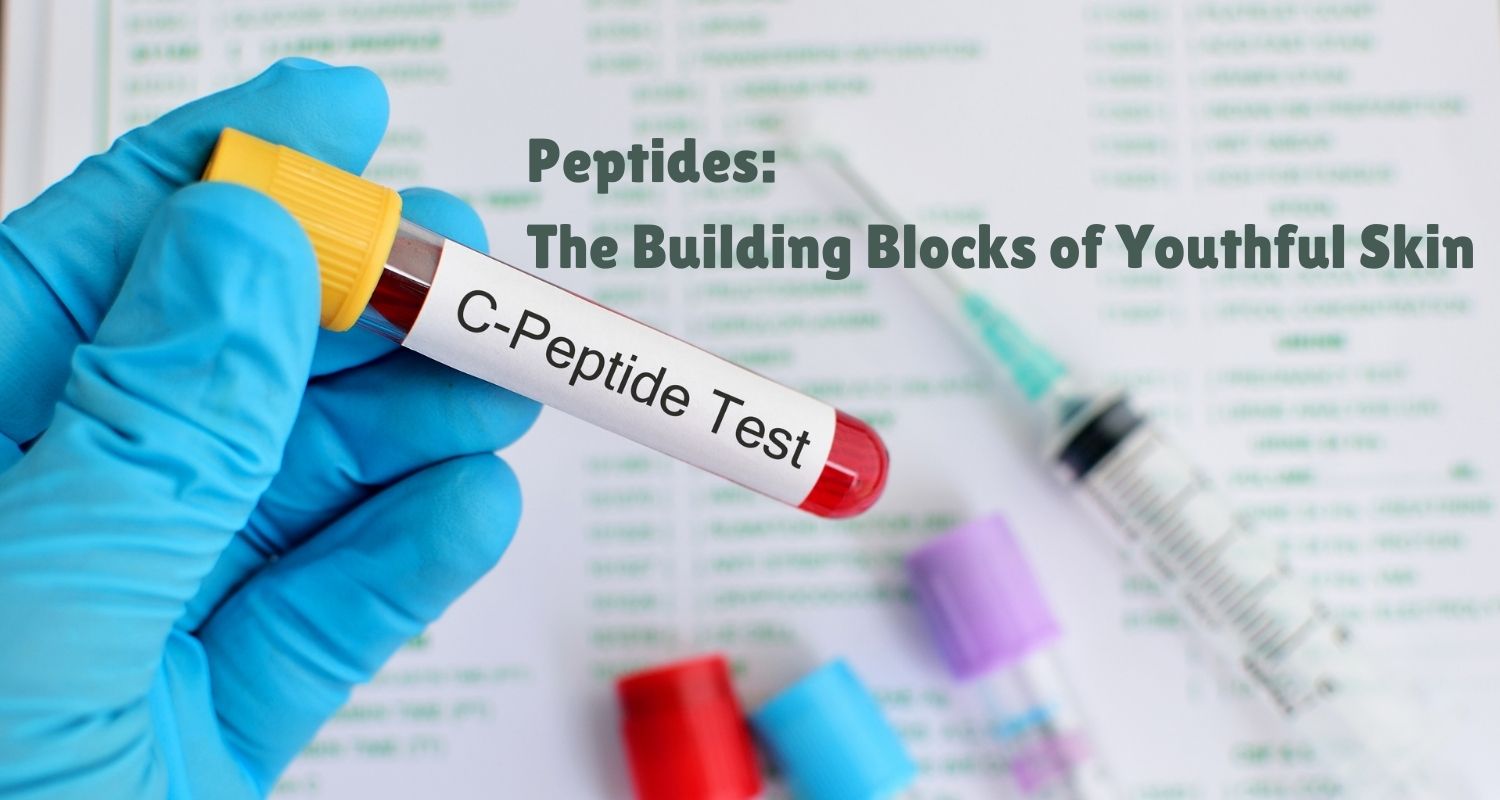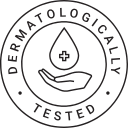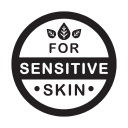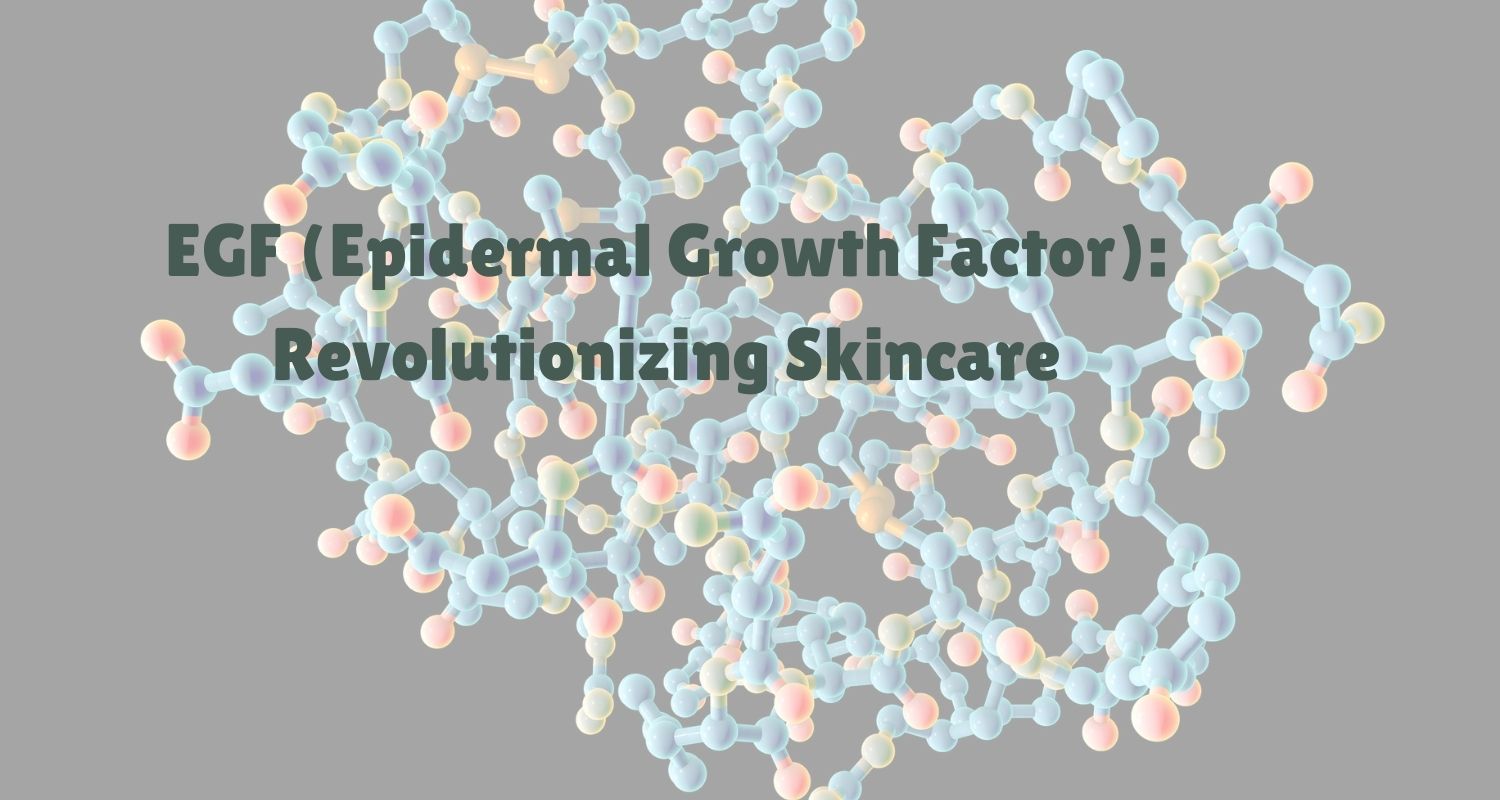
39. EGF (Epidermal Growth Factor): Revolutionizing Skincare
EGF (Epidermal Growth Factor): Revolutionizing Skincare
Epidermal Growth Factor (EGF) is a powerhouse ingredient in the realm of skincare, known for its remarkable ability to rejuvenate and repair the skin. Let's delve into the specifics of EGF and its components, which make it a sought-after ingredient in advanced skincare formulations.
1. "EGF: The Key to Youthful Skin"- Understanding EGF
EGF is a protein naturally found in human skin. It plays a crucial role in cell growth, proliferation, and differentiation. In skincare, EGF is typically bioengineered for use in creams, serums, and masks.
2. "The Building Blocks of EGF: A Closer Look"-Components of EGF
The primary component of EGF is oligopeptides, which are short chains of amino acids. These peptides signal the skin cells to enhance their rejuvenating and repairing processes. The effectiveness of EGF in skincare is largely attributed to its ability to stimulate the body's natural cell regeneration.
3. "EGF: A Symphony of Skin Renewal"-Benefits of EGF in Skincare
- Skin Regeneration: Promotes the growth of new skin cells, aiding in wound healing and reducing scars.
- Anti-Aging: Helps reduce the appearance of wrinkles and fine lines by enhancing skin elasticity.
- Moisturization and Hydration: Improves skin hydration, leading to plumper, more youthful skin.
4. "The Science Behind EGF: Activating Skin’s Potential"-How EGF Works
Upon application, EGF penetrates the skin and binds to EGF receptors on the surface of skin cells. This triggers the cells to divide and proliferate, accelerating the skin's renewal and repair processes.
5. "Embracing EGF: How to Incorporate It into Your Routine"-Considerations and Use
While EGF is generally safe, it's important to start with lower concentrations and observe how your skin responds. Products with EGF are best used at night, allowing the skin to repair and rejuvenate while you sleep.
6. EGF vs. Peptides in Skincare: Understanding the Differences
While EGF (Epidermal Growth Factor) and peptides are both prominent ingredients in advanced skincare, they function differently and target various skin concerns. Let’s explore these differences to understand their unique roles in skincare.
- "Peptides: The Building Blocks of Protein"
- Definition: Peptides are short chains of amino acids, which are the building blocks of proteins. There are various types of peptides, each with a specific number of amino acids and functions.
- Role in Skincare: They act as signaling molecules, telling the skin to perform certain functions like producing collagen and elastin. Their role can vary widely depending on the specific sequence and type of peptide.
- "Oligopeptides: A Specific Class of Peptides"
- Definition: Oligopeptides are a type of peptide that typically contain a small number of amino acids, usually between 2 to 20. The term 'oligo' means few or small.
- Role in Skincare: Like other peptides, they have specific functions based on their structure. Oligopeptides are often used for their ability to stimulate certain skin functions, such as cell growth or collagen production.
- Comparison and Context in Skincare
- Oligopeptides in EGF: In the context of EGF (sh-Oligopeptide-1), it's a bioengineered oligopeptide designed to mimic the skin-rejuvenating effects of natural EGF.
- Peptides as a Broad Category: While oligopeptides fall under the broad category of peptides, not all peptides are oligopeptides. The classification depends on the number of amino acids in their chain.
- In summary, while oligopeptides are a specific type of peptide with a relatively small number of amino acids, the term 'peptides' in skincare can refer to a broader range of molecules with varying lengths and functions. Both play vital roles in skincare, often used to target specific skin concerns like aging, hydration, and skin repair.
